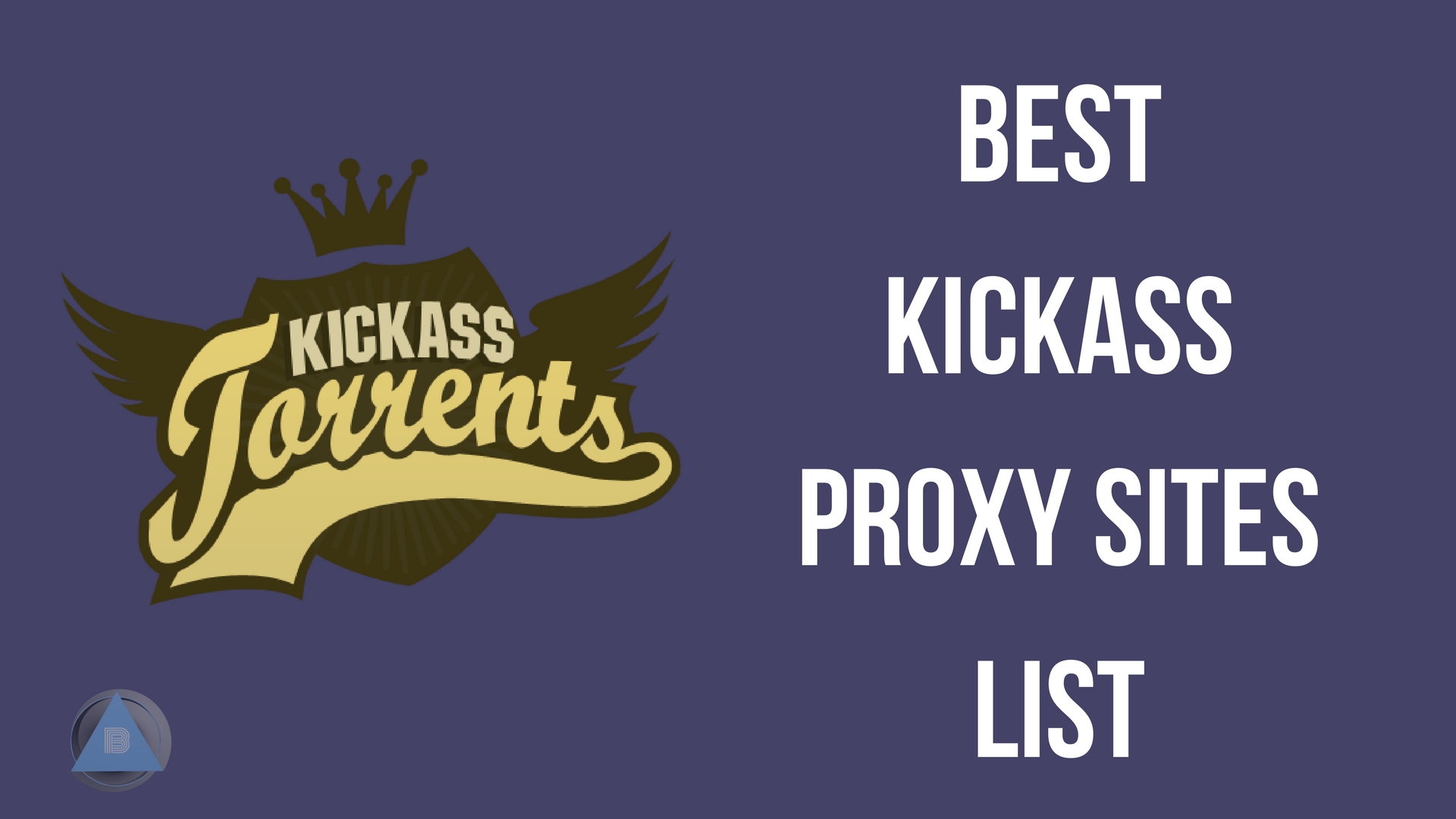Cloud computing has transformed the IT industry by changing how businesses manage their infrastructure and applications. It has enabled greater agility, reduced costs, and improved scalability, making it a fundamental technology for modern businesses and organizations.
What is a cloud workplace?
“Cloud workplace” typically refers to a work environment that relies heavily on cloud computing technologies to enable employees to work from anywhere using internet-connected devices. In a cloud workplace, various applications, data storage, collaboration tools, and services are hosted in the cloud rather than being stored locally on individual devices or on-premises servers.
A cloud workplace, often referred to as a cloud-based or digital workplace, offers numerous benefits to organizations and individuals. This model leverages cloud computing technologies to provide a virtual environment where users can access and collaborate on work-related tasks and data from any location with an internet connection. Here are some of the key components of a cloud workplace.
Key components of a cloud workplace:
- Cloud Storage: Employees can store and access their files and documents from any device with an internet connection. Services like Google Drive, Dropbox, OneDrive, and others provide cloud-based storage solutions.
- Cloud Applications: Software applications are hosted in the cloud and accessed through web browsers. This eliminates the need for local installations and updates. Examples include Google Workspace (formerly G Suite), Microsoft 365, and various SaaS (Software as a Service) applications.
- Collaboration Tools: Cloud-based collaboration tools facilitate real-time communication and cooperation among remote team members. Examples include video conferencing platforms like Zoom and Microsoft Teams, as well as collaborative document editing tools like Google Docs and Microsoft SharePoint.
- Virtual Desktops: Cloud-based virtual desktops allow users to access a full desktop environment remotely. This is particularly useful for businesses that require specific software configurations for their employees. Amazon WorkSpaces and Windows Virtual Desktop are examples of such solutions.
- Security and Access Control: Cloud workplaces prioritize security by implementing robust authentication and access control measures. Multi-factor authentication (MFA) and encryption are commonly used to safeguard sensitive data.
- Flexibility and Mobility: Cloud workplaces enable employees to work from different locations using various devices, enhancing flexibility and mobility. This can lead to improved work-life balance and increased productivity.
- Cost Efficiency: Cloud workplaces often eliminate the need for substantial upfront hardware and infrastructure investments. Organizations can scale their resources up or down based on their current needs, which can be cost-effective.
- Remote Management: IT administrators can manage and monitor devices, applications, digital employee files (Dutch: digitaal personeelsdossier) and security measures remotely, reducing the need for on-site technical support.
- Backup and Disaster Recovery: Cloud workplaces typically include automated backup and disaster recovery solutions, helping to protect against data loss and ensuring business continuity.
It’s worth noting that while cloud workplaces (Dutch: cloud werkplek) offer numerous benefits, they also come with considerations like data security, potential internet connectivity issues, and the need to adapt to changes in workflows and communication practices. As technology continues to advance, the concept of the cloud workplace is likely to evolve as well, offering even more advanced features and capabilities.
In summary, a cloud workplace offers increased accessibility, flexibility, collaboration, security, and cost efficiency, making it an attractive solution for modern organizations aiming to optimize their work processes and adapt to changing work trends.









